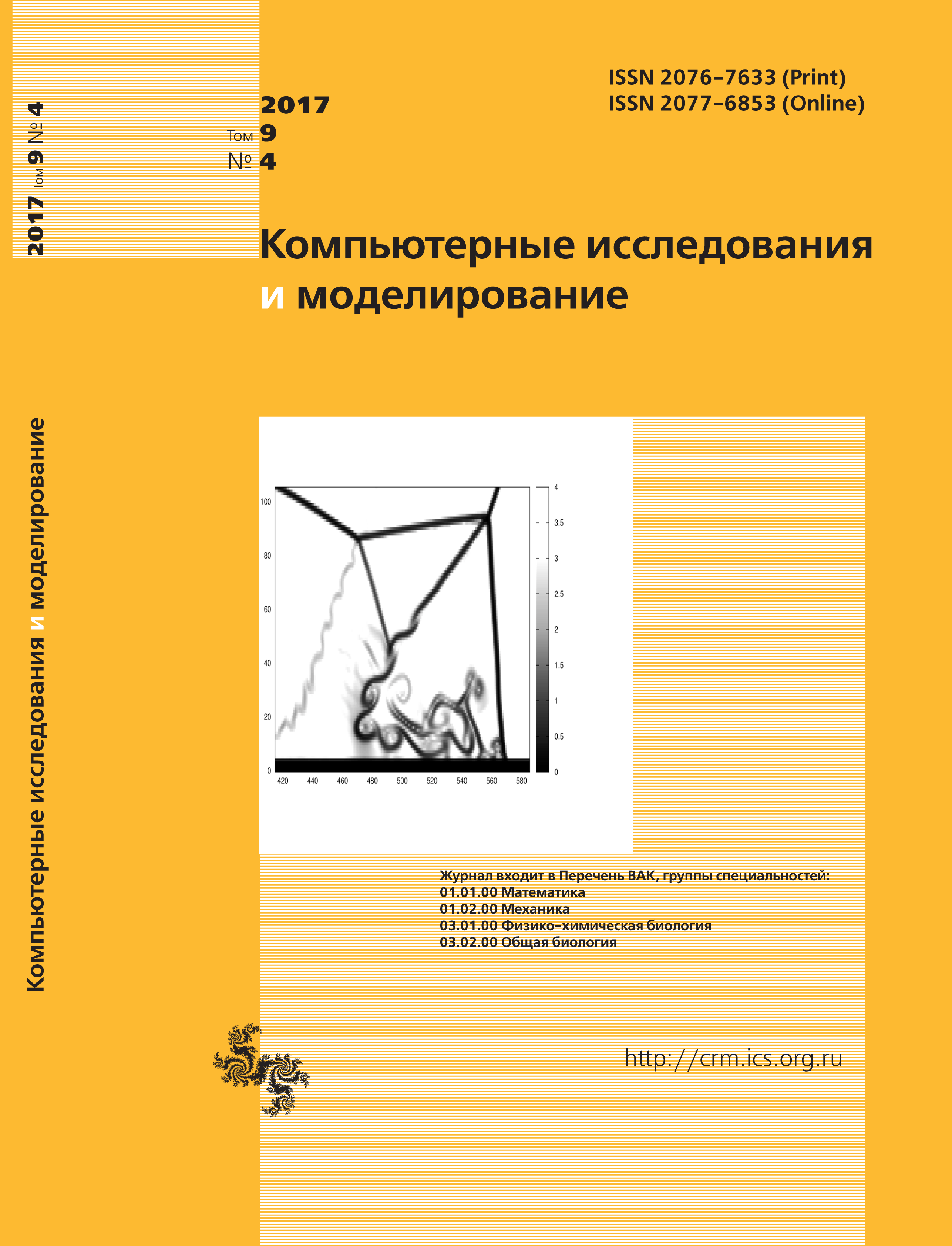All issues
- 2024 Vol. 16
- Issue 1 (special issue)
- 2023 Vol. 15
- 2022 Vol. 14
- 2021 Vol. 13
- 2020 Vol. 12
- 2019 Vol. 11
- 2018 Vol. 10
- 2017 Vol. 9
- 2016 Vol. 8
- 2015 Vol. 7
- 2014 Vol. 6
- 2013 Vol. 5
- 2012 Vol. 4
- 2011 Vol. 3
- 2010 Vol. 2
- 2009 Vol. 1
On some properties of short-wave statistics of FOREX time series
Financial mathematics is one of the most natural applications for the statistical analysis of time series. Financial time series reflect simultaneous activity of a large number of different economic agents. Consequently, one expects that methods of statistical physics and the theory of random processes can be applied to them.
In this paper, we provide a statistical analysis of time series of the FOREX currency market. Of particular interest is the comparison of the time series behavior depending on the way time is measured: physical time versus trading time measured in the number of elementary price changes (ticks). The experimentally observed statistics of the time series under consideration (euro–dollar for the first half of 2007 and for 2009 and British pound – dollar for 2007) radically differs depending on the choice of the method of time measurement. When measuring time in ticks, the distribution of price increments can be well described by the normal distribution already on a scale of the order of ten ticks. At the same time, when price increments are measured in real physical time, the distribution of increments continues to differ radically from the normal up to scales of the order of minutes and even hours.
To explain this phenomenon, we investigate the statistical properties of elementary increments in price and time. In particular, we show that the distribution of time between ticks for all three time series has a long (1-2 orders of magnitude) power-law tails with exponential cutoff at large times. We obtained approximate expressions for the distributions of waiting times for all three cases. Other statistical characteristics of the time series (the distribution of elementary price changes, pair correlation functions for price increments and for waiting times) demonstrate fairly simple behavior. Thus, it is the anomalously wide distribution of the waiting times that plays the most important role in the deviation of the distribution of increments from the normal. As a result, we discuss the possibility of applying a continuous time random walk (CTRW) model to describe the FOREX time series.
Indexed in Scopus
Full-text version of the journal is also available on the web site of the scientific electronic library eLIBRARY.RU
The journal is included in the Russian Science Citation Index
The journal is included in the RSCI
International Interdisciplinary Conference "Mathematics. Computing. Education"







